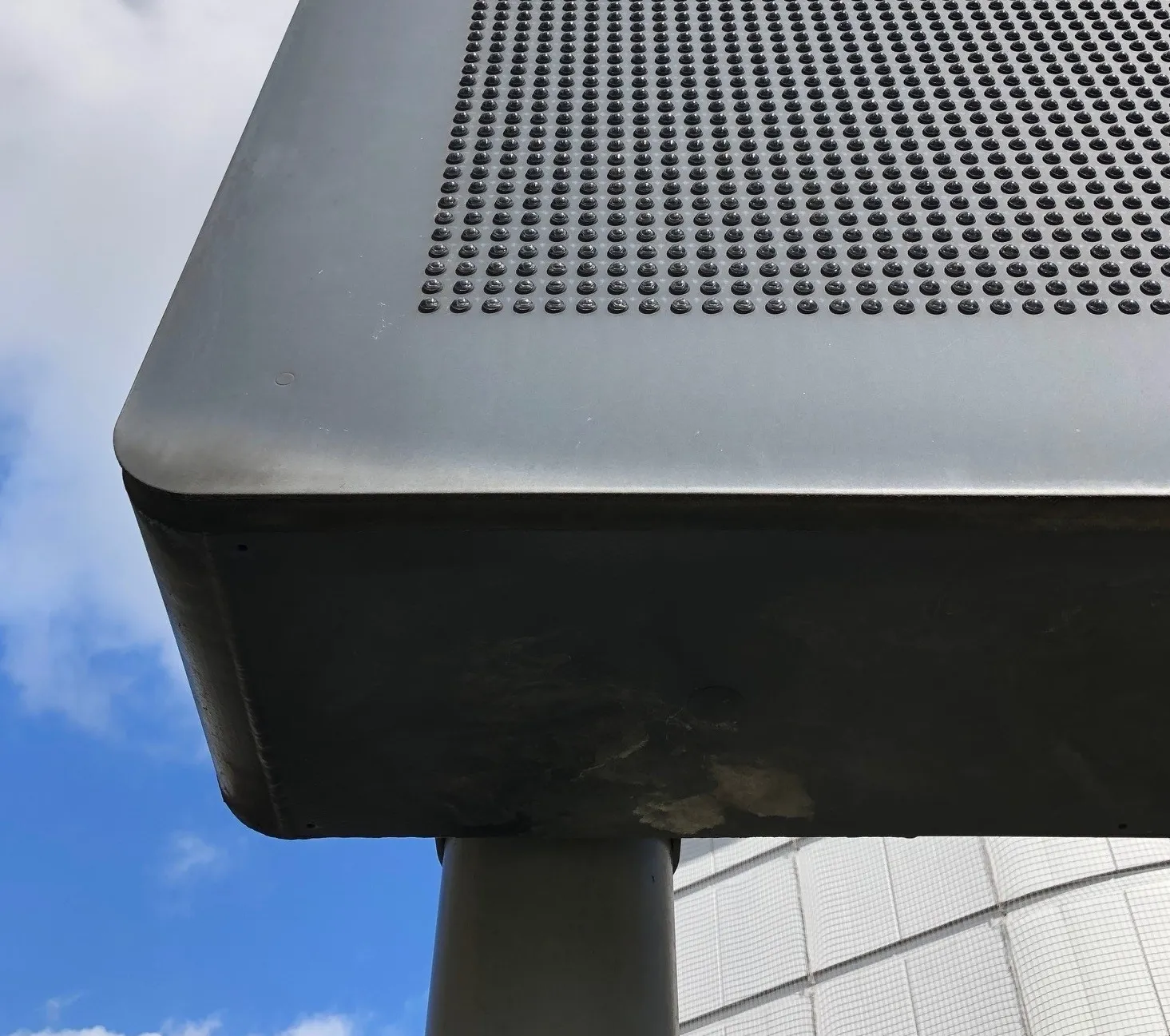
Temporary solar powered variable message signs (VMS) manufacturer,
The HD VMS-C is believed to be the first two-colour VMS of its size to feature a 126 pixel x 84 pixel dual colour matrix. The 2,730mm x 1,850mm high resolution unit is designed to display high-impact red and white (rather than standard amber) information for up to five lanes.
Also new is the HD Quattro; a battery-powered, free-standing unit developed for use within work zones and at 600mm x 600mm it is Bartco’s smallest VMS. It has been designed to show limited information such as speed roundels and a mains-powered version is available for permanent locations with speed limits of up to 40mph.









